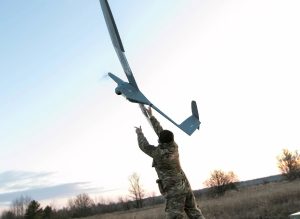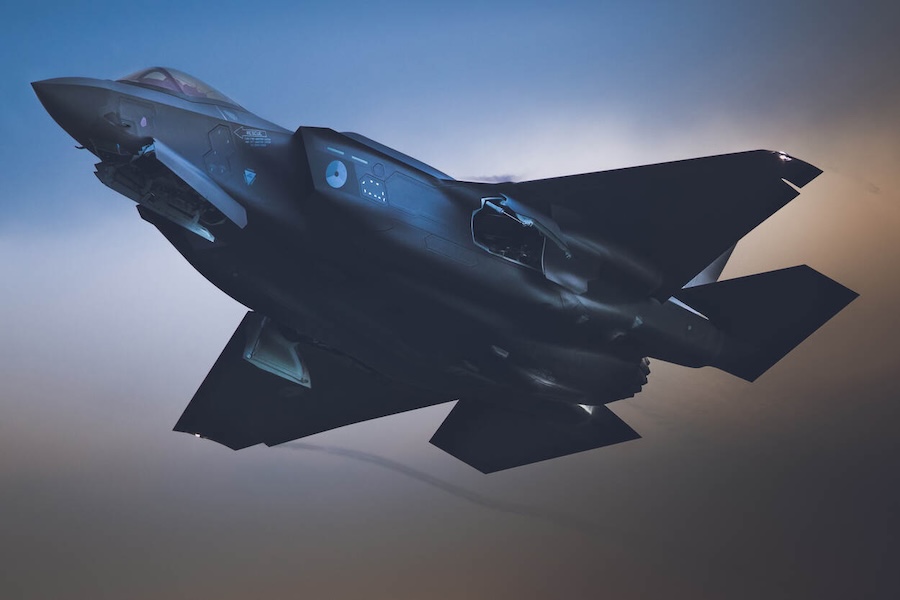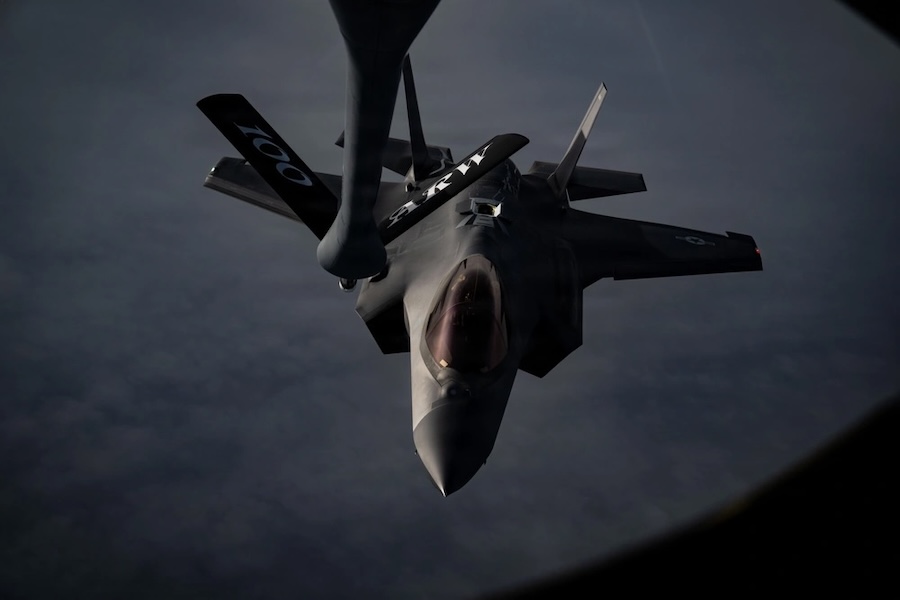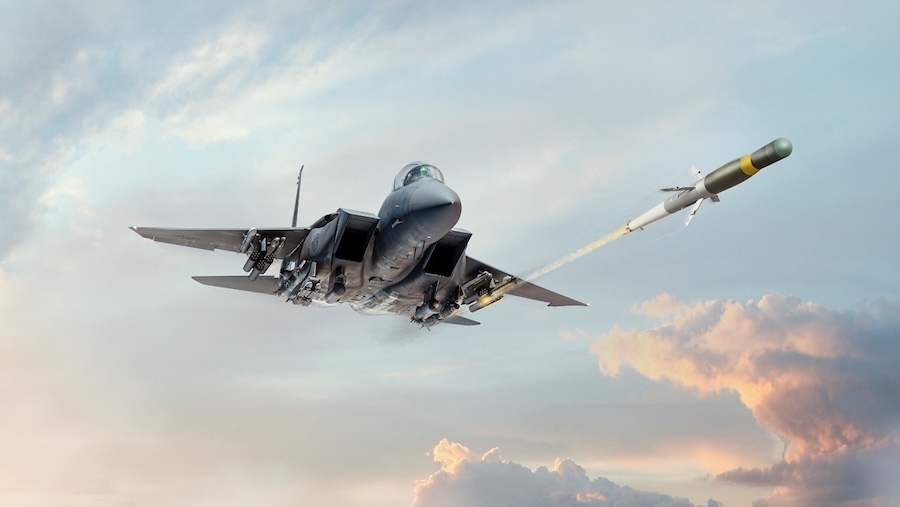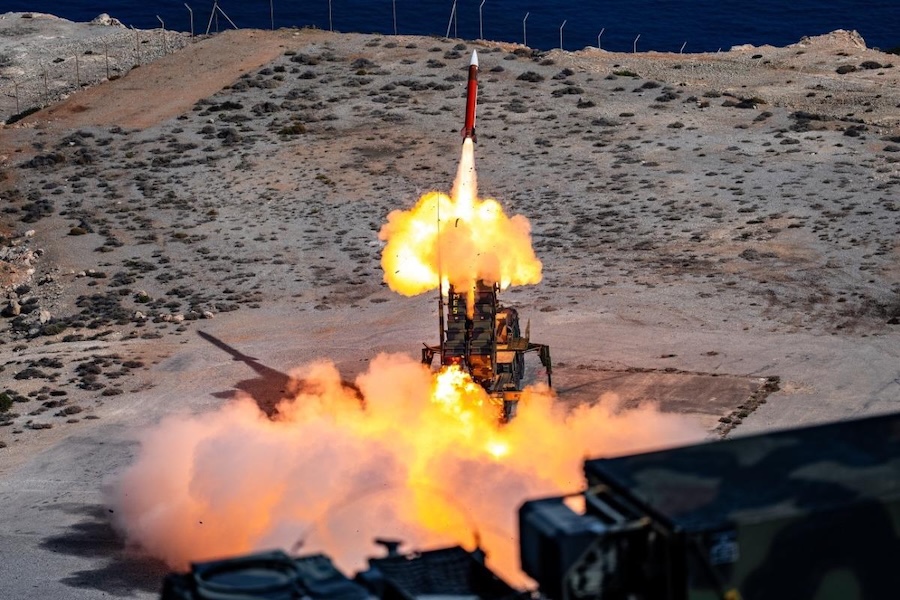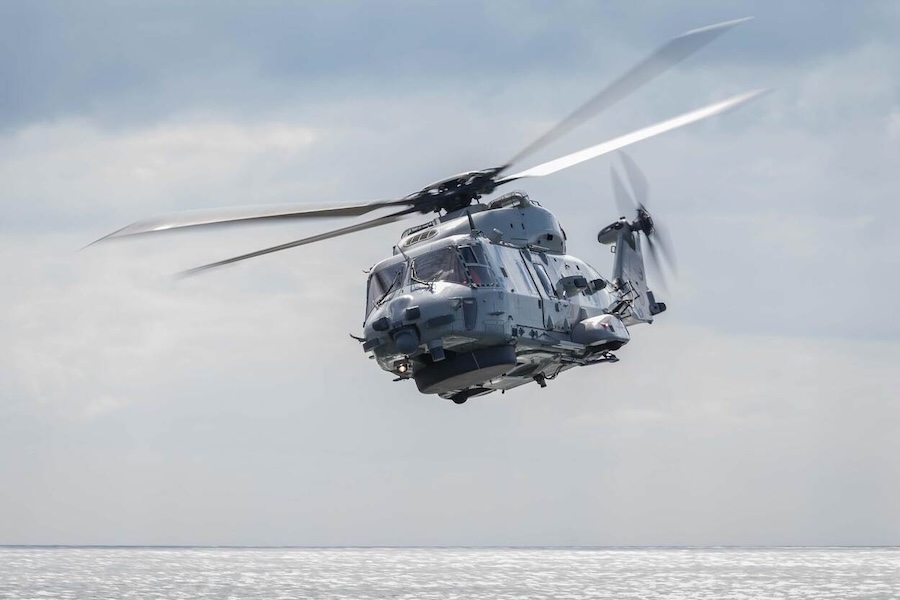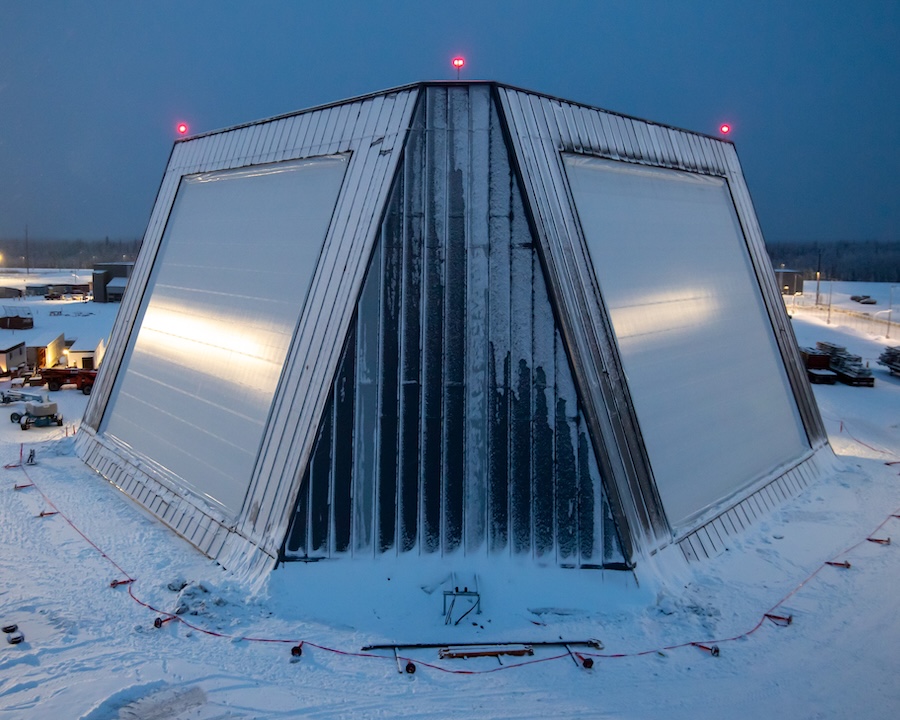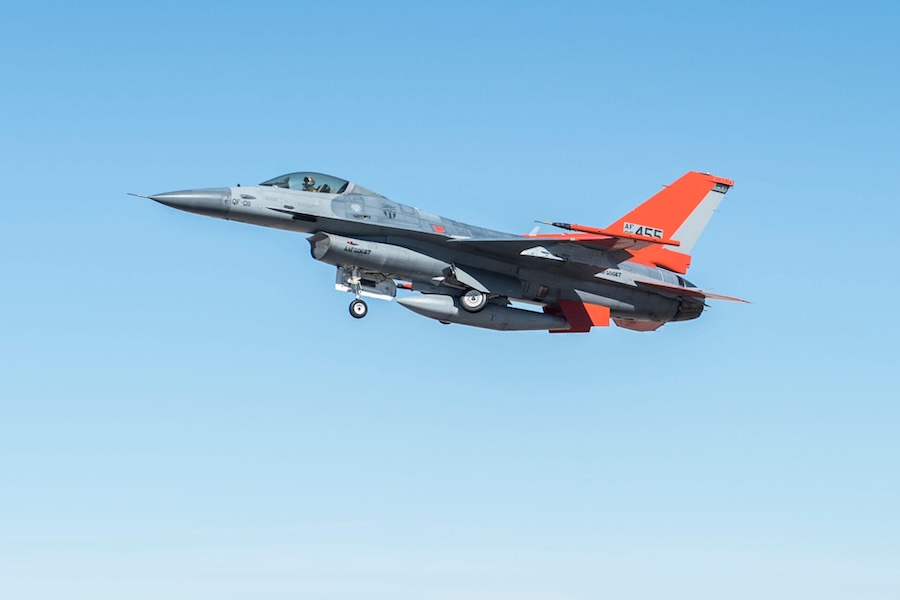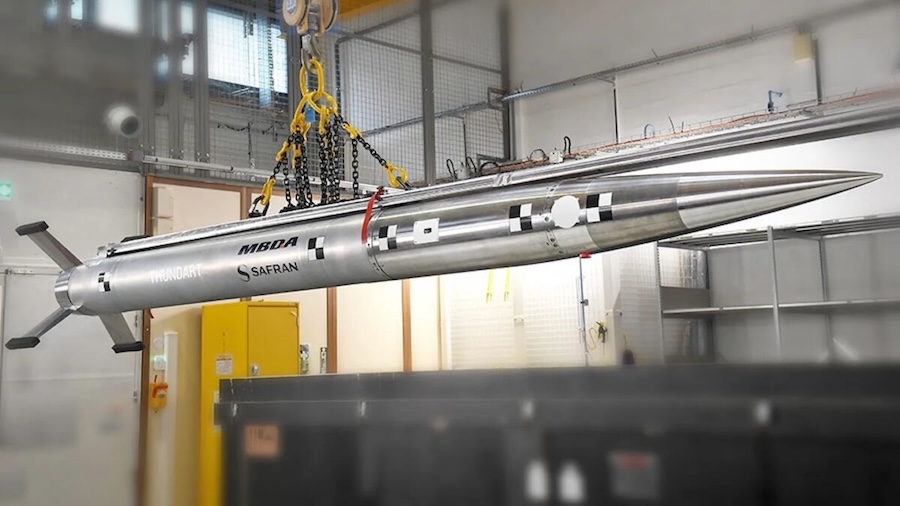These new features allow the missile to receive in-flight updates and track moving warships while flying at low altitude and with stealth. Admiral Daryl Caudle, Commander of Fleet Forces, described the anti-ship Tomahawk as a “game-changer” against China’s larger fleet.
The Navy plans to deploy these missiles on Arleigh Burke-class destroyers by the end of September. Once testing is completed, submarines will begin carrying the weapon in early 2026, according to Tomahawk programme officials.
Raytheon, part of RTX Corporation, will convert existing Block IV Tomahawks into the new anti-ship version. The U.S. Navy intends to procure up to 1,302 of these upgraded missiles for its fleet.
Using the destroyers’ current vertical launch systems, the Navy can quickly integrate this new capability without the need to develop an entirely new missile. With a range of roughly 1,000 miles (1,600 kilometres), the maritime Tomahawk allows ships to strike from beyond the horizon.
This new weapon significantly increases the precision and reach of U.S. naval forces against surface targets. Each destroyer equipped with the missile gains an advanced stand-off weapon capable of engaging hostile warships.
The anti-ship Tomahawk complements other strike systems like the Long-Range Anti-Ship Missile (LRASM), giving commanders more strategic options in the Indo-Pacific. This development supports the Navy’s broader Asia-Pacific strategy focused on advanced strike capabilities rather than matching fleet numbers.
Admiral Caudle explained, “the more fungible you make a weapon, the more utility it has.” The enhanced Tomahawk turns each destroyer with vertical launch cells into a long-range sea-control platform.
This upgrade adds depth to U.S. naval forces, integrating with carrier air wings, the “Replicator” drone programme, and submarine torpedoes. It strengthens the Navy’s ability to operate in contested waters and respond to regional threats.









